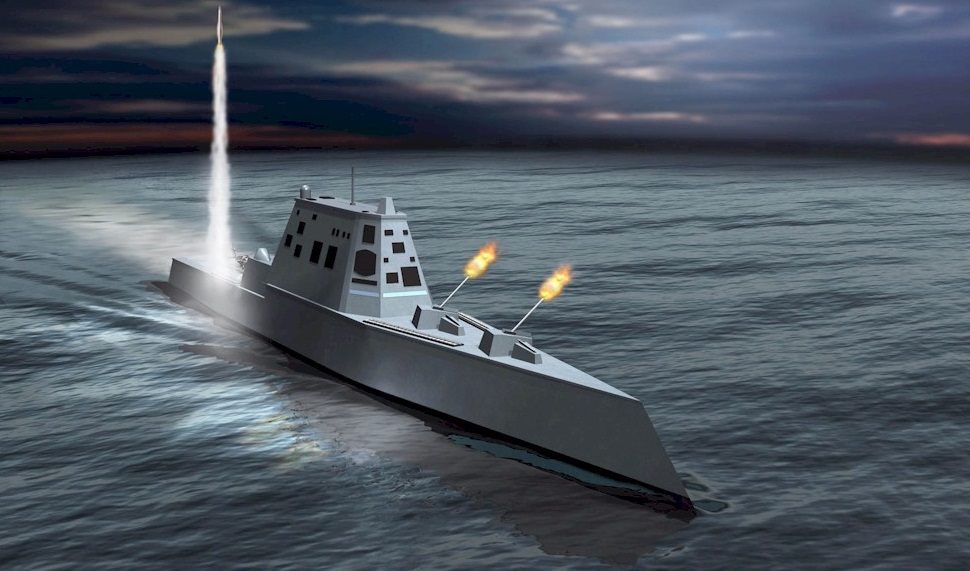

The brig actually developed as a variant of the brigantine. The word "brig" has been used in the past as an abbreviation of brigantine (which is the name for a two-masted vessel with foremast fully square rigged and her mainmast rigged with both a fore-and-aft mainsail, square topsails and possibly topgallant sails). A brig made of pine in the 19th century was designed to last for about twenty years (many lasted longer).

Historically most brigs were made of wood, although some latter brigs were built with hulls and masts of steel or iron (such as the brig Bob Allen ). Hull materialĪ brig is “generally built on a larger scale than the schooner, and often approaches in magnitude to the full-sized, three-masted ship.” Brigs vary in length between 75 and 165 ft (23–50 m) with tonnages up to 480. This is opposed to the standing rigging which is fixed, and keeps mast and other objects rigid. All the yards are manipulated by a complicated arrangement of cordage named the running rigging. Between the fore mast and the bowsprit are the fore staysail, jib, and flying jib. The fore mast holds a fore sail, fore top sail, fore top gallant sail, and fore royal. The brig’s foremast is smaller than the main mast. the main studding sails, main top studding sails, and the main top gallant studding sails, etc. The wings are named after the sails to which they are fastened, i.e. These are called studding sails, and are used with fair and light wind only. Attached to the respective yards of square-rigged ships are smaller spars, which can be extended, thus lengthening the yard, thus receiving an additional sailing wing on each side. On the foremast is a similar sail, called the trysail. Behind the main sail there is a small fore-and-aft sail called the spanker or boom mainsail (it is somewhat similar to the main sail of a schooner). īrig sails are named after the masts to which they are attached: the mainsail above that the main topsail above that the main topgallant sail and occasionally a very small sail, called the royal, is above that. To improve maneuverability, the mainmast carries a small ( gaff rigged) fore-and-aft sail.

In sailing, a full-rigged brig is a vessel with two square rigged masts (fore and main).


 0 kommentar(er)
0 kommentar(er)
